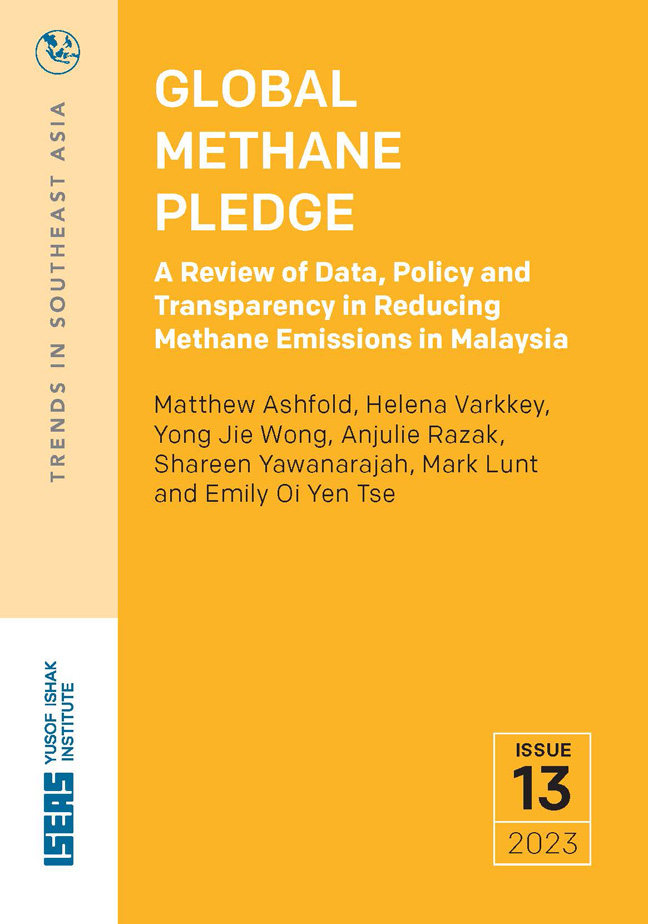 Global Methane Pledge
Global Methane Pledge Global Methane Pledge: A Review of Data, Policy and Transparency in Reducing Methane Emissions in Malaysia
Published online by Cambridge University Press: 26 March 2024
Summary
1. METHANE AND CLIMATE CHANGE
The concentration of atmospheric greenhouse gases (GHGs) is steadily increasing, with the 2021 levels of carbon dioxide (CO2), methane (CH4) and nitrous oxide (N2O) 49 per cent, 162 per cent and 24 per cent, respectively, above pre-industrial levels. Due to continually rising GHG concentrations, the past eight-year period (2015–22) is likely the warmest on record at around 1.1°C above the pre-industrial temperature. Associated climatic extremes such as heatwaves and flooding are already causing “widespread adverse impacts and related losses and damages to nature and people”. Despite ongoing global efforts to address climate change, such as the Paris Agreement, which aims to keep global warming well below 2°C, cross-cutting challenges mean GHG emissions are not falling and leave climate change unresolved. Additional strategies are needed to slow the warming induced by GHG emissions.
Among the GHGs, methane is gaining increasing attention as a significant shorter-term driver of warming. Although there is around 200 times less methane than CO2 in the atmosphere, the global warming potential (GWP) metric indicates each unit of methane causes around 80 times more warming than a unit of CO2 over twenty years. The increasing methane concentration has made the second-largest contribution to observed global warming, after CO2. Due to its warming potency and its shorter atmospheric lifetime (about twelve years) than CO2 (usually assessed as hundreds to thousands of years), rapid reductions in methane emissions have great potential to slow climate change in the coming decades. Unfortunately, methane concentrations are rising at an increasing rate, with a record increment of 18 parts per billion (ppb) in 2021. While the precise reasons for recent records are the subject of ongoing research, methane is known to be emitted from several anthropogenic sectors, including waste (e.g., from wastewater), energy (e.g., from oil and gas (O&G) production) and agriculture. Importantly, owing to methane’s role in producing global surface ozone pollution, reductions in methane emissions should also yield air quality improvements and associated health and crop productivity benefits.
Launched by the United States and the European Union in 2021 during the 26th Conference of the Parties (COP26) of the United Nations Framework Convention on Climate Change (UNFCCC), the Global Methane Pledge (GMP) aims to catalyse global anthropogenic methane emission reductions of at least 30 per cent by 2030, relative to 2020 levels. By November 2022, more than 150 countries have joined the pledge.
- Type
- Chapter
- Information
- Global Methane PledgeA Review of Data, Policy and Transparency in Reducing Methane Emissions in Malaysia, pp. 1 - 54Publisher: ISEAS–Yusof Ishak InstitutePrint publication year: 2023
